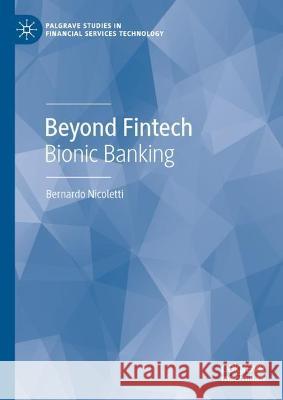Beyond Fintech: Bionic Banking » książka
topmenu
Beyond Fintech: Bionic Banking
ISBN-13: 9783030962166 / Angielski / Twarda / 2022 / 292 str.
Beyond Fintech: Bionic Banking
ISBN-13: 9783030962166 / Angielski / Twarda / 2022 / 292 str.
cena 564,88
(netto: 537,98 VAT: 5%)
Najniższa cena z 30 dni: 501,19
(netto: 537,98 VAT: 5%)
Najniższa cena z 30 dni: 501,19
Termin realizacji zamówienia:
ok. 22 dni roboczych
Bez gwarancji dostawy przed świętami
ok. 22 dni roboczych
Bez gwarancji dostawy przed świętami
Darmowa dostawa!
Kategorie:
Kategorie BISAC:
Wydawca:
Palgrave MacMillan
Język:
Angielski
ISBN-13:
9783030962166
Rok wydania:
2022
Ilość stron:
292
Waga:
0.50 kg
Wymiary:
21.01 x 14.81 x 1.75
Oprawa:
Twarda
Wolumenów:
01
Dodatkowe informacje:
Wydanie ilustrowane











